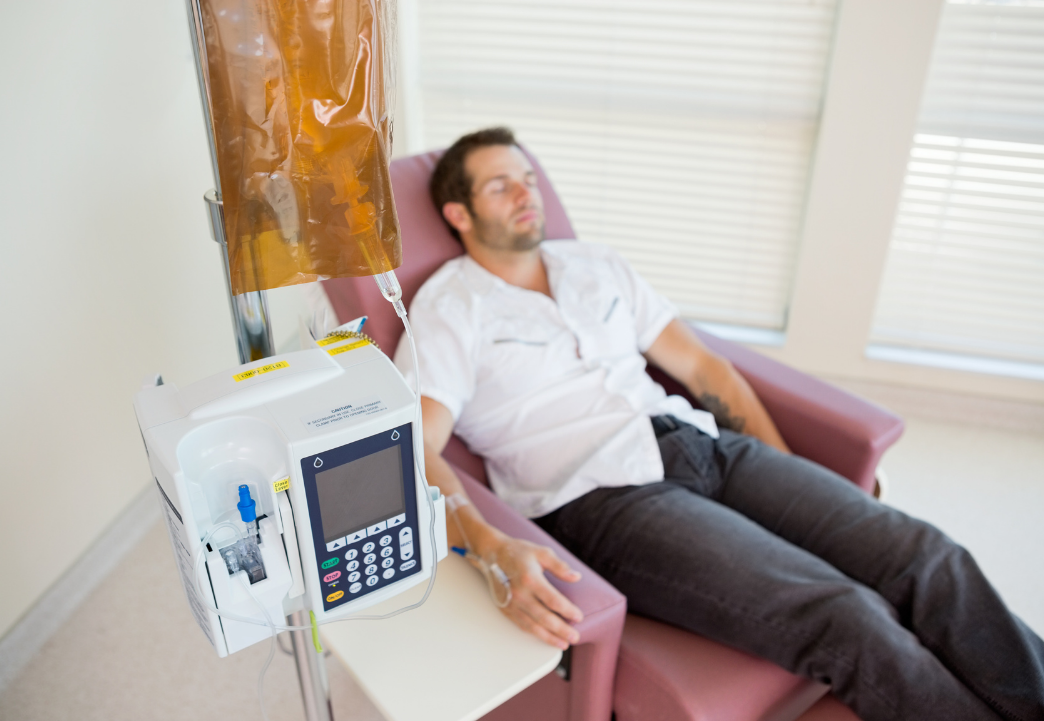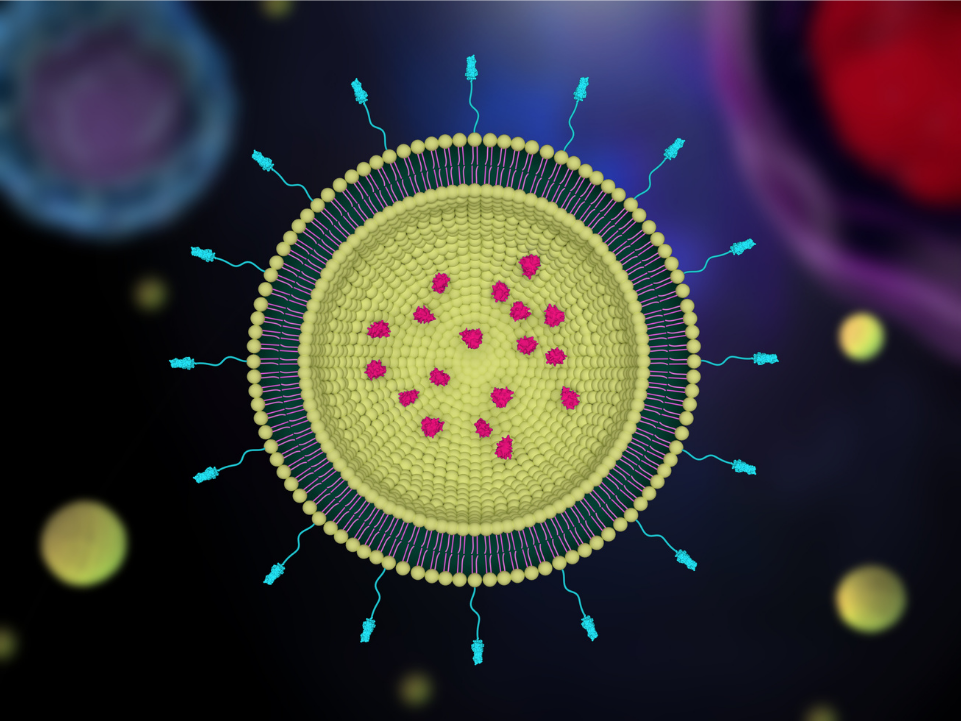 Vitamin C is one of the essential vitamins that your body needs to function. It’s an impressive nutrient that helps the immune system function properly, neutralizes free radicals in the body, maintains skin health, helps manage stress, promotes heart health, and so much more!
Vitamin C is one of the essential vitamins that your body needs to function. It’s an impressive nutrient that helps the immune system function properly, neutralizes free radicals in the body, maintains skin health, helps manage stress, promotes heart health, and so much more!
Because vitamin C is water soluble, the body needs regular intake to maintain healthy levels. Sure, a well-balanced diet might suffice, but that’s easier said than done. You’re busy. It can be hard to eat well while constantly on the go. We can only do the best we can. Plus, an array of health ailments may prevent you from absorbing the vitamin. Not to mention soil depletion is causing even the healthiest foods to lose their nutrient density.
This is why supplementation exists. But what’s the best method?
The most common vitamin C supplements are tablets or powder. Most of these contain some sort of bioflavonoids to help with absorption. But oftentimes these forms don’t make the journey, or they pass through the body unabsorbed. This is why other methods have been developed. Ones that have been shown to work much better than these conventional supplements. [1]
Let’s take a look at the two most popular methods outside of a tablet or powder.
Intravenous (IV)
With all this talk of vitamin absorption, pumping it directly into the bloodstream seems genius, right? Well, okay, it might not be pumping. And it may not be so genius, either.
Vitamin IV drip therapy began in the 1970s. It’s a good way to rejuvenate people who are chronically dehydrated. Typically, it’s an array of vitamins, depending on the patient’s specific health needs. Undergoing the treatment solely with vitamin C is a popular choice, though. The patient has a needle connected to a tube containing the liquid injected into their vein, then the fluid leaks into the bloodstream.
 This process can take anywhere from twenty minutes to an hour. Not exactly an on-the-go approach to getting your vitamin C. A session can also cost up to $200 and should be done around twice a month. That’s $400 a month and two lengthy trips to a clinic.
This process can take anywhere from twenty minutes to an hour. Not exactly an on-the-go approach to getting your vitamin C. A session can also cost up to $200 and should be done around twice a month. That’s $400 a month and two lengthy trips to a clinic.
There is also an array of potential health concerns with injecting a substance directly into your bloodstream. Such as with any injection method, there’s a risk of infection or harm to the vein. Any medications – over the counter or prescribed – must be taken into account, and any health issues or medical history should be reviewed by a doctor. The process could also be hard on the organs. If you plan to try IV drip therapy for vitamin C – or any vitamin – be sure to consult your doctor and undergo the treatment at a reputable clinic.
So, why would you do an IV drip therapy after reading how inconvenient and expensive it is? Well, it is effective. Studies on vitamin C IV drip therapy are few, but the ones that have been done show that it gets almost 100% of the vitamin into the bloodstream right away.
However, a significantly less expensive, much more convenient, and only somewhat less effective method does exist.
Liposomal
Liposomes are extremely tiny membranes that occur naturally in your body. They’re comprised of a water soluble substance – in this case vitamin C – surrounded by a wall of fat. This wall of fat is called a phospholipid bilayer.
 Liposomal delivery has been shown to have better absorption than other orally administrated methods. This is the case for a few reasons. For starters, they help make the nutrient more resilient. The fatty wall helps protect the nutrient from oxidization and the harsh acidity of the stomach acid. They’re also very small and can pass into the cells of your body with ease. Their bioavailability can allow for quick and easy absorption, helping get more of the vitamin into your system for longer. [2-4]
Liposomal delivery has been shown to have better absorption than other orally administrated methods. This is the case for a few reasons. For starters, they help make the nutrient more resilient. The fatty wall helps protect the nutrient from oxidization and the harsh acidity of the stomach acid. They’re also very small and can pass into the cells of your body with ease. Their bioavailability can allow for quick and easy absorption, helping get more of the vitamin into your system for longer. [2-4]
Research into liposomal vitamin C against other methods have found that liposomal vitamin C led to higher circulating levels of the vitamin than non-liposomal supplements. And while studies have shown that the levels of liposomal vitamin C are lower than that of IV therapy, you can take liposomal vitamin C at home right away in a delicious form, far cheaper than IV therapy. [5]
And when it comes to conventional vitamin C tablets versus liposomal vitamin C, studies have shown that liposomal vitamin C increases absorption by 77%! [6]
It really couldn’t be any easier to optimize your vitamin C intake. Unlike intravenous therapy, liposomal vitamin C is simple, cheaper, and healthier. It can also be taken orally from the comfort of your home. You can take Purality Health’s Micelle Liposomal Vitamin C right off of the spoon, or add it to a juice or smoothie on the go!
Want to learn more about how a micelle liposomal vitamin C can help you? Click Here.
References
- https://www.ncbi.nlm.nih.gov/pubmed/27375360
- https://www.ncbi.nlm.nih.gov/pmc/articles/PMC5418487/
- https://www.ncbi.nlm.nih.gov/pmc/articles/PMC4818067/
- https://www.ncbi.nlm.nih.gov/pubmed/27375360
- https://www.ncbi.nlm.nih.gov/pmc/articles/PMC4915787/
- https://pubmed.ncbi.nlm.nih.gov/32901526/
